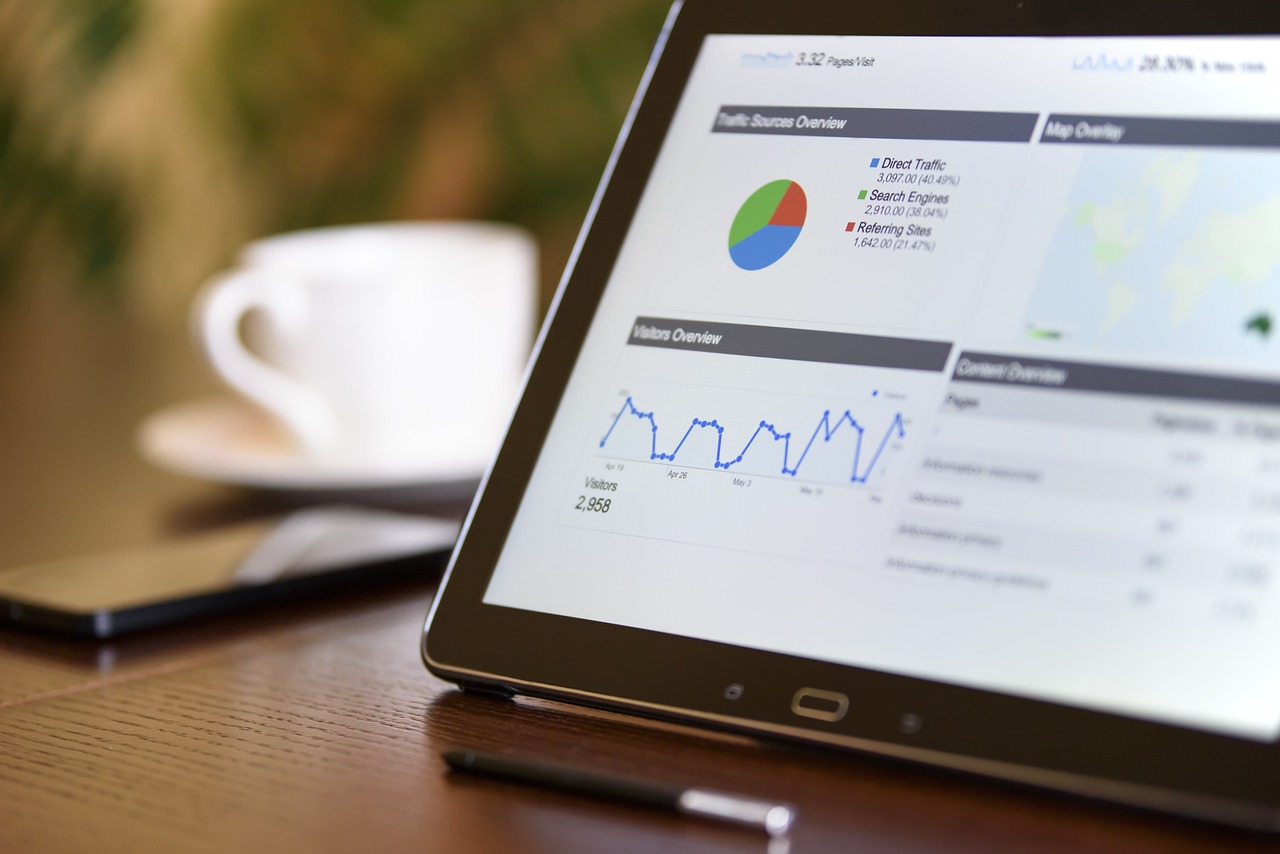Here’s a real case of strategic planning in my company, Enterwize. I am a software consultant and product owner, and in my experience as a consultant and product owner, there is an element of planning involved in doing any of the tasks that I am asked to do. The problem here is that we (the developers) in our companies all have our own agendas, and are not always able to see the big picture, let alone what the customers want or how it will benefit them. We must be careful because if a product does not fit the needs of the customers, then they will not be willing to use it.
One of my favorite examples of planning and strategy is when the CEO of a large corporation sees that the company’s profits are down, then comes up with an idea to save the company money. This may sound like a strange business strategy, and it is not, but it is an example of what I am talking about.
The CEO knows that the company needs to find ways to save money to make the company profitable again, so he does something that will save the company money. This can be a one-time thing, or it can be a series of actions that will save the company money over time.
The first step in this plan is to figure out what the company wants to save money on. Then, by defining the company’s core competencies, the company can determine the areas that are expensive and where it can save money. The CEO finds the company’s core competencies, the company defines this area as expensive, and then the CEO uses his strategy of saving money to make the company profitable again.
So we decided to do a strategic plan. It was based on our core value of a great place for people. We were planning on a major expansion of our physical location, a new location to be the technology center of the company, and a massive project involving the new location. It was an incredibly ambitious plan.
I had to learn how to plan. I had to learn to communicate effectively as a manager. I had to learn to make a decision, and learn to keep moving as we grew. And when we were done with this plan, we learned that the original plan would have cost $1.6 million. It would have meant that $1.6 million was spent on doing things we didn’t need to do.
I learned a lot. I realized that I have to be willing to make the changes that are necessary. I realized that if you aren’t willing to change, you are going to fail. And I realized that I have to learn to deal with change, but also learn to keep doing the things that are working. I realized that I had to plan, and keep a level head, both in the short-term and in the long-term.
And when we were done with that plan, there was this one key thing that I realized in that we had to add about $400 thousands to the cost of the plan, but we did this at a time when our revenues were going up—and that’s the biggest thing that changed our perspective on the plan. When I look at a strategic plan, I no longer make it the plan that needs to be changed. Now I make it the plan that has to be changed.
I’ve learned that it’s always a better idea to do something that you don’t know will happen, and to make the mistake than to do the thing that you don’t know will happen.
A company that was planning for growth, but didn’t plan for change. The company’s new technology center was never going to be used for what it was intended, but the company did it anyway. The company didn’t realize that it was growing too big for its own good. It was a mistake to plan for more than it could deliver.
Our company had grown to the point where we were going into the heart of the market. We were going to be competing with the most successful companies in America. We were going to have to build a new technology center to compete with them. We were going to be a technology center—an industry center—that was going to be an amazing center. The company grew so large that we had to build a new technology center. It was going to be a mistake to do it this way.
I was the lead person on the project, and we were going to be the lead people in the new center—as we were the lead people in the expansion of the old technology center. What we didn’t know was if we were going to need to build a new technology center. We didn’t know the competition was going to grow so large, that we weren’t going to be able to compete with them. There were things we were going to be in competition with that we didn’t know. We were going to be building a center that was going to be a massive investment for our company, and as a result of that massive investment, we were going to have an amazing center for our company.

